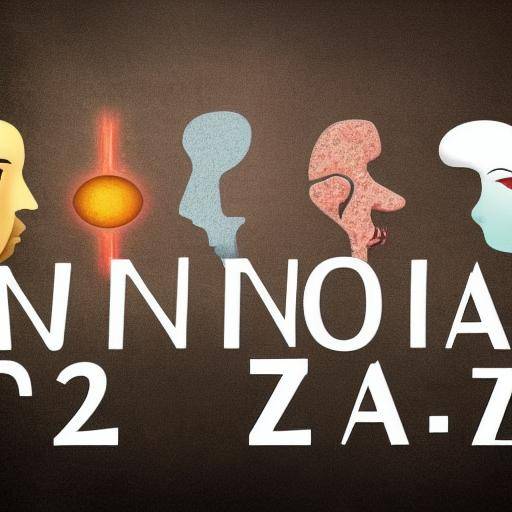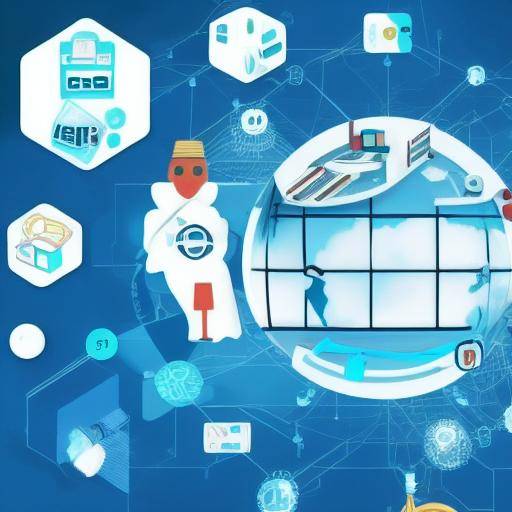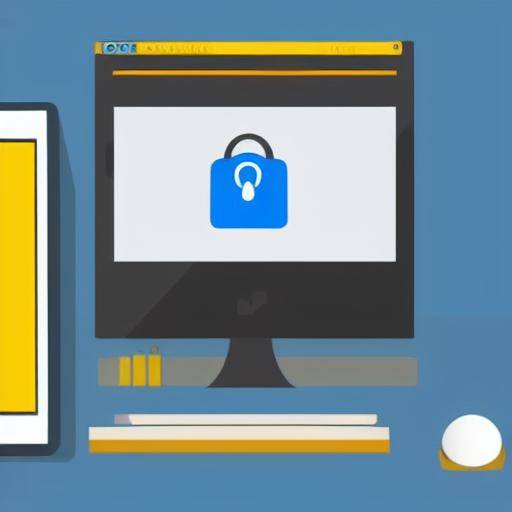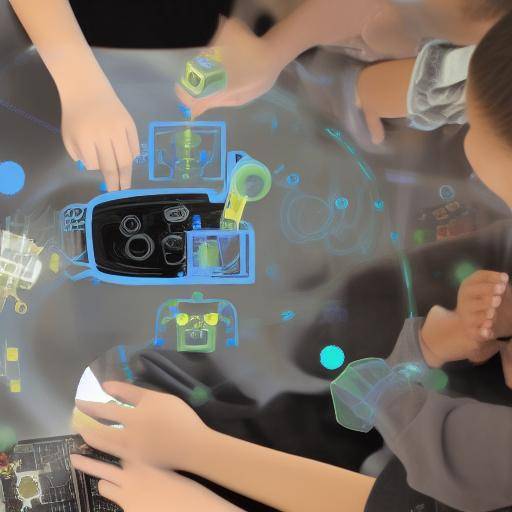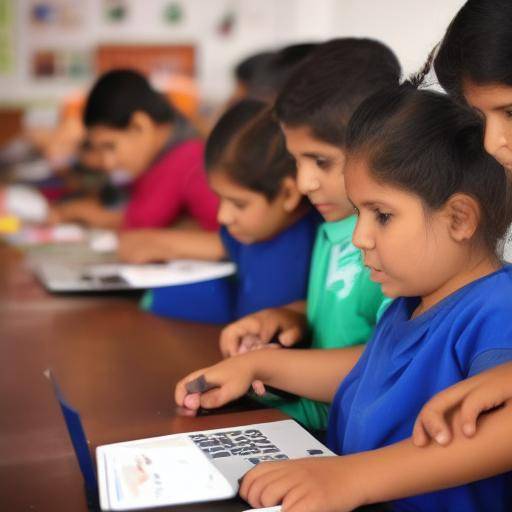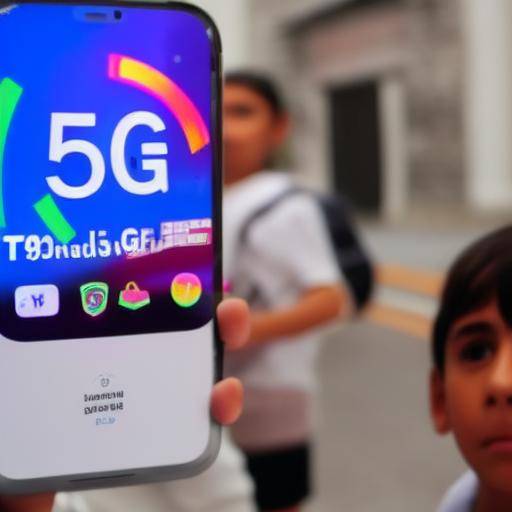
The 5G networks have revolutionized the way we connect and communicate in the digital era. Its impact on education is significant, opening new opportunities and challenges for students, teachers and educational systems in general. In this article, we will explore in detail how 5G networks are transforming the educational landscape, from classroom to online learning, and how these innovations are influencing the way we acquire knowledge and skills.
Introduction
The rapid advance of technology and mobile connectivity has led to the development of 5G networks, the fifth generation of mobile telephony technologies that promise ultra-fast connection speeds, increased capacity and lower latency. These features have not only impacted areas such as medicine, transport and industry, but have also transformed education in innovative and exciting ways.
In this article, we will analyze in depth the impact of 5G networks on education, from the opportunities they offer for teaching and learning to the challenges they pose for education systems around the world. In addition, we will explore how these emerging technologies are shaping the future of education and how educators, students and industry professionals are working to make the most of this new era of connectivity.
History and Background
The road to 5G networks: Evolution to the connectivity of the future
The development of telecommunications networks has evolved over the decades, from the first generations of mobile technologies to the emergence of 5G networks. Beginning with the introduction of mobile phones in the early 1980s, every successive generation of mobile technology has brought significant progress in speed, capacity and connectivity.
We will explore the history and evolution of mobile networks, highlighting key milestones and technological advances that have paved the way for the development of 5G networks. From the implementation of the 2G and 3G until the launch of the first 4G LTE networks, we will examine how each generation has laid the basis for the arrival of 5G networks.
Impact of 5G networks on education: Opportunities and Challenges
5G networks offer ultra-fast connection speeds and lower latency, which has the potential to revolutionize the way it is taught and learned in educational settings. From the possibility of accessing real-time content to the implementation of innovative technologies, such as increased reality and virtual reality, 5G networks are opening new doors in the educational field.
We will analyze the opportunities that 5G networks provide to students and educators, from creating more immersive and personalized learning environments to facilitating access to educational resources in rural and remote areas. At the same time, we will also examine the challenges that arise with the implementation of these technologies, such as the need to ensure equity in the access and effective integration of 5G networks into the educational curriculum.
Analysis in Deep
Benefits of 5G networks in education
The 5G networks open up a range of educational possibilities, offering benefits ranging from faster access to online educational content to more interactive and participatory teaching methods. We will explore in detail how these technologies are transforming the way students access information and how educators can use 5G-enabled tools to enrich the educational experience.
Challenges and considerations
Despite the promises of 5G networks, their implementation in educational environments is not without challenges. From concerns about data security and privacy to the need to ensure that all students have equal access to these technologies, we will address the challenges and key considerations that arise when integrating 5G networks into the education system. In addition, we will examine the implications of these technologies in inclusive education and how educators can overcome barriers to ensure that all students benefit from 5G innovations.
Comprehensive review
Educational Practices
The practical applications of 5G networks in education range from the creation of immersive virtual classrooms to access to real-time educational resources. We will discuss concrete examples of how educators can take advantage of ultra-fast speeds and the low latency of 5G networks to provide more dynamic and collaborative learning experiences.
Future Expert and Prognostic Perspectives
We will gather insights from experts in the field of education and technology to explore the future of 5G networks in education. From discussions on emerging trends to predictions about how these technologies will continue to shape learning and teaching, we will provide an informed view of the role of 5G networks in the morning educational landscape.
Comparative analysis
Comparison between 5G networks, educational impact and current trends
We will compare and contrast the impacts of 5G networks on education with previous generations of mobile technologies. In addition, we will examine current trends in the implementation of 5G networks in the educational field, highlighting cases of study and examples that illustrate significant progress and persistent challenges in this field.
Practical Tips and Accessible Recommendations
Guide to the effective integration of 5G networks into educational environments
We will provide educators, decision makers and educational professionals with practical advice and actionable recommendations on how to effectively integrate 5G networks into educational settings. From planning and implementation to impact assessment, we will provide detailed guidance for those seeking to maximize the potential of 5G networks in education.
Final Reflections and Frequently Asked Questions
Conclusions and Final Reflections
In short, 5G networks are radically transforming education, offering significant benefits and complex challenges for educators, students and educational systems in general. As we continue to navigate this era of ultra-fast connectivity, it is crucial to maintain an equitable and student-centred approach by implementing emerging technologies in educational settings.
Frequently asked questions
What are the main advantages of 5G networks in education?
5G networks offer ultra-fast speeds and low latency, allowing faster access to online educational content, immersive and collaborative learning experiences, as well as the implementation of innovative technologies, such as increased reality and virtual reality, in educational settings.
How can educators use 5G networks to improve the educational experience?
Educators can leverage 5G networks to create more dynamic, personalized and inclusive learning environments, facilitating access to real-time educational resources and fostering interaction and collaboration among students.
What are the challenges associated with the implementation of 5G networks in educational settings?
Key challenges include ensuring equity in access to these technologies, addressing concerns about data security and privacy, and ensuring effective integration of 5G networks into the education curriculum.
What role do 5G networks play in inclusive education?
5G networks have the potential to improve accessibility and inclusion in the educational field by allowing more personalized and adaptive learning experiences, as well as equitable access to educational resources for all students, regardless of their geographical location or socio-economic status.
What is the role of 5G networks in online learning and distance education?
5G networks play a crucial role in strengthening online learning and distance education by enabling a more reliable and fast connectivity, facilitating more immersive and collaborative learning experiences through online educational platforms.
What emerging trends are shaping the future of 5G networks in education?
Some emerging trends include the integration of cutting-edge technologies, such as artificial intelligence and the Internet of Things, into educational environments, as well as the development of innovative educational applications that maximize the capabilities of 5G networks.
Conclusion
In conclusion, 5G networks have the potential to transform education, offering exciting opportunities for educational innovation and enriched learning. However, it is crucial to address key challenges and considerations to ensure that these technologies are implemented equitably and effectively in educational settings around the world.
As we look to the future, it is imperative to continue exploring how 5G networks can improve the accessibility, inclusion and quality of learning, preparing students of all ages to succeed in the digital age. In doing so, we can take full advantage of the transformative power of 5G networks in education and approach a more educated, connected and equitable society.
Now that you have thoroughly explored the impact of 5G networks on education, we invite you to continue to discover more about the latest trends and developments in the educational field to always be a step forward in the currently connected world.
This concludes our analysis of the impact of 5G networks on education. If you have more questions or want to continue learning, do not hesitate to explore our additional content on these exciting educational and technological issues.



